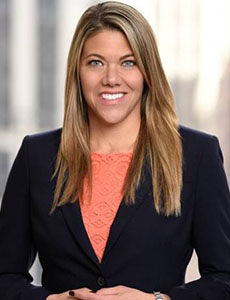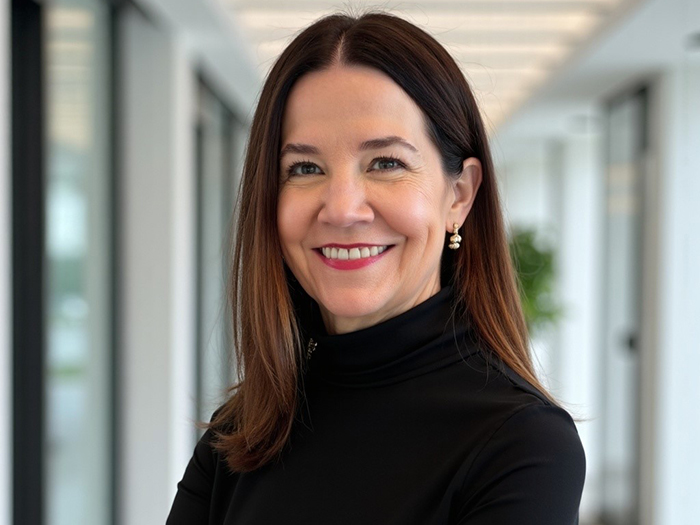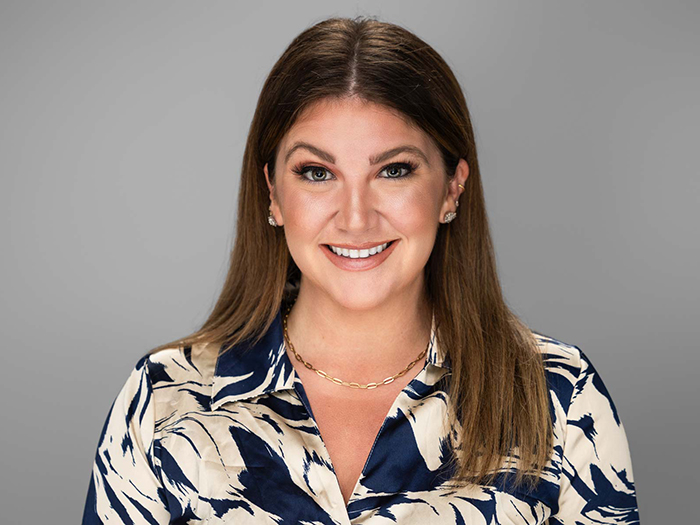Sponsored Content by Ironshore
These Three Trends Could Dramatically Drive Up Healthcare Liability Rates

In an environment shaped by shifting economics and uncertainty surrounding the fate of the Affordable Care Act, hospitals and health care providers of every size and type are under pressure to deliver high quality care at the lowest cost. The carriers who insure them have to offer coverage that meets providers’ expanding needs, all while facing similar economic constraints — in addition to ongoing soft market conditions.
No one wants to see their rates go up, especially hospitals and health care providers with good loss histories. But even the best-managed risk is not immune to macro market trends.
“Healthcare organizations understandably don’t want to see premium increase, and insurers are eager to retain business despite rising losses and increasing exposure. That pattern is not sustainable over the long term,” said Lainie Dorneker, president of IronHealth, Ironshore’s healthcare unit.
The struggle to profitability underwrite health care professional liability risk has already driven a few large insurers to exit the market, leaving fewer choices for customers. Without meaningful pricing correction across the board, the market risks destabilization.
Three trends in particular make rising healthcare liability rates a necessity:
1. Health care providers’ changing risk profiles make them more difficult to insure.
Consolidation, advancing technology and longer patient lifespans all introduce more risk for healthcare organizations.
According to consulting firm Kaufman Hall, a record 115 health system mergers or acquisitions took place in 2017, and 30 have already taken place in the first quarter of 2018. Hospital mergers, acquisitions of independent physician and specialty practices, and strategic partnerships across the healthcare sector help those organizations stay competitive, but they also build aggregate risk for insurers.
“Such actions have served to heighten the duration and magnitude of health care organizations’ risk profile,” Dorneker said.
Healthcare facilities now carry more risk than ever before. Hospitals continue to expand their scope of services, and they also employing more and more physicians. This increased exposure growth, on its own, puts pressure on hospital’s self-insured retentions. But the fact that the physicians’ independent insurance limits are no longer available effectively erodes the attachment point of commercial insurance. Moreover, the cost of medical care, which is the fundamental measure in life-care plans, has increased approximately 4 percent.
“Even with significant exposure increase and the rising cost of medical care, self-insured retentions have remained relatively constant since 2002. This erodes the utility of the retention and increases the coverage demand on the organization’s lead liability insurer,” Dorneker said.
2. Severe claims are happening much more frequently.

Lainie Dorneker, President of IronHealth, Ironshore’s Healthcare Unit
While claim frequency has remained fairly stable, severity is trending upward.
“The frequency of claim severity, especially related to eight-figure losses, has risen dramatically,” Dorneker said.
Savvier plaintiffs’ bars, jurors’ lottery mentality, litigation funding, batch claims, and advanced medical technologies are all factors converging to drive up claim costs. Average payouts for medical professional liability claims have reached an all-time high; the highest settlements have reached more than $100 million.
“Plaintiffs’ attorneys will often use a ‘profits over people’ argument to foster the idea that healthcare providers care more about saving money than they do about saving lives. They position their client as the victim of a greedy corporation in order to garner higher settlements or awards,” Dorneker said.
Ironshore’s recent study of hospital professional liability loss trends indicates that the frequency of closed claim counts with financial greater than $5 million is increasing by 10 percent every year, while the frequency of closed claims with financials greater than $10 million has risen 7 percent.
While the overall frequency of claims relating to a single incident has remained stable, the frequency of related claims — or “batch claims” — is on the rise. Batch claims result from separate but similar incidents that injure multiple patients and are attributable to the same act, error, or omission or to related acts, errors, or omissions.
Allegations may involve a single surgeon who performed dozens of unnecessary procedures “for profit,” or a single piece of malfunctioning equipment that caused harm to multiple patients. Ultimately, juries may find healthcare organization to be directly negligent or vicariously liable for such incidents.
3. Eroding loss ratios threaten the viability of some health care liability carriers.

As claims with paid indemnity increase, the allocated loss adjustment expenses (ALAE) have increased as well. According to Ironshore’s analysis of healthcare liability claims, “claims with indemnity reflected 55 percent of total claims in 2006 and reached 66 percent of total claims in 2013. Comparatively, the paid ALAE ratio was 24.5 percent in 2012, a 2.9-point increase from 21.6 percent in 2006.”
Inflation is partly responsible for the rising costs of adjustment expenses. The overall consumer price index for medical care has increased by about 2 percent annually, while the cost of medical care has increased by about 4 percent. Combined with the resistance to raising premium rates, higher ALAE have contributed to poorer loss ratios.
“Many hospital professional liability carriers’ gross ultimate loss ratios are over 100 percent on a current accident year basis,” Dorneker said. “Many healthcare providers’ premium rates have not been adjusted for general inflation, much less medical cost inflation. So even rates that have remained flat have, in effect, decreased. That trend is not sustainable in today’s environment.”
Work with Best-In-Class Insurers for Long-Term Success
Challenges facing the healthcare professional liability market reflect the broader insurance industry landscape. The triple-threat of Hurricanes Harvey, Irma and Maria, the California wildfires, and a devastating earthquake made 2017 the costliest year on record. Event-related claims could be as high $135 billion.
In the traditional insurance cycle, rates typically rise after such a CAT-heavy season. But the traditional cycle is broken. With very few exceptions, rates across all lines have barely budged.
“Prior-year reserves are drying up, and calendar-year losses are impacting balance sheets,” Dorneker said.
Given these challenges, hospitals and health care organizations need insurers that are in it for the long haul. Carriers will need to work directly with brokers and clients to educate them about trends that may impact their premiums, prepare them for changes, and reaffirm the strength of coverage and services they’ll receive in exchange.
“Through proactive management of our portfolio and a diverse suite of products, IronHealth is well-positioned to navigate these challenges,” Dorneker said. “We aim to provide best in class products and claims services along with market stability that benefits both insurers and insureds in the long run.”
To learn more, visit http://www.ironshore.com/healthcare/
This article was produced by the R&I Brand Studio, a unit of the advertising department of Risk & Insurance, in collaboration with Ironshore. The editorial staff of Risk & Insurance had no role in its preparation.










